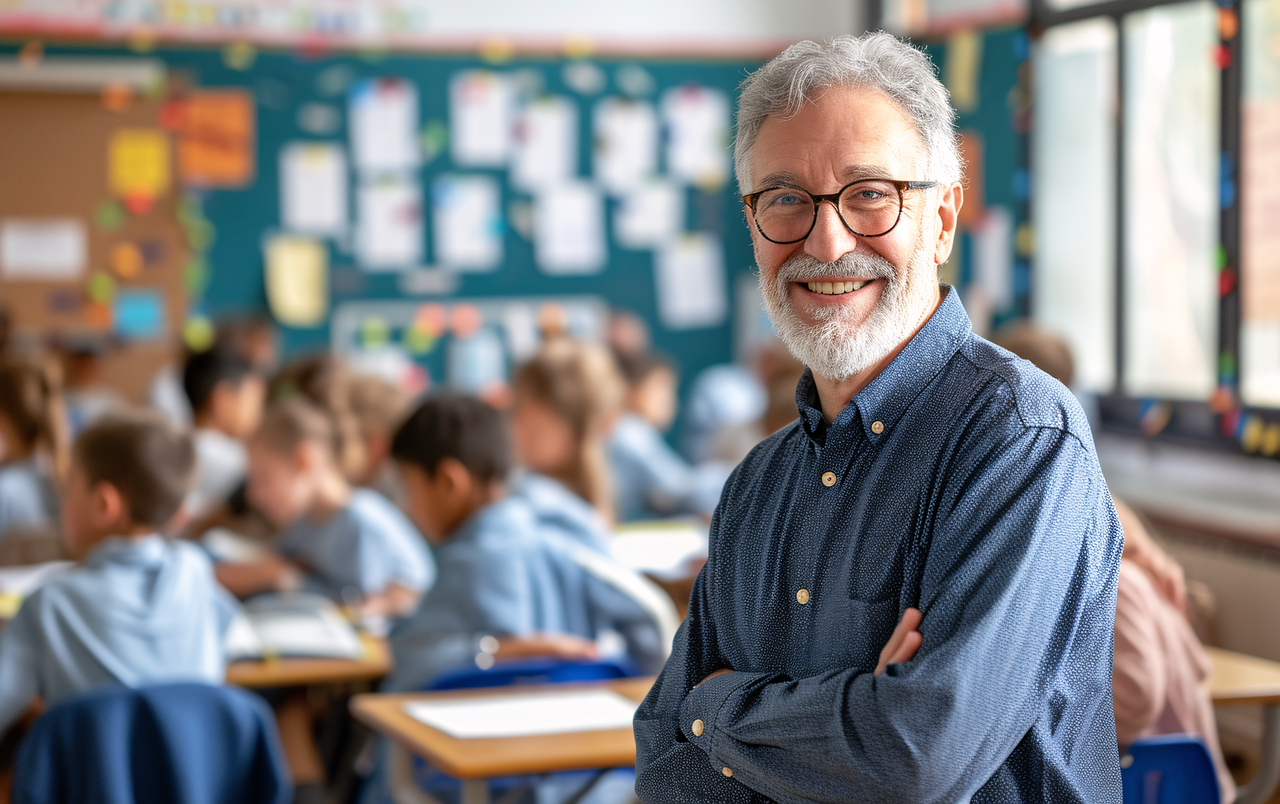How can I create a safe lab experience for my students? How will I have time to sanitize everything in my lab before and after each class? Do I have enough personal protective equipment (PPE) at my school? What is the best way to engage my students when they aren’t in class? How can I continue to make STEM activities fun and interactive?
Table of Contents
ToggleBy James Palcik
09/18/20
Whether in an in-person, hybrid, or remote learning environment, science and STEM teachers have likely grappled with one or more of these questions as they start this school year amid COVID-19. And, while there certainly is not going to be a ‘right’ or ‘wrong’ way to teach science going forward, the following considerations and tips will help deliver a safe and engaging STEM learning experience this coming school year and beyond.
Take all safety precautions. All teachers – especially science teachers – know that safety comes first when educating students, even more so now with COVID-19. As such, strictly following the established protocols from the Centers for Disease Control and Prevention (CDC) and guidance documents from local State Departments of Education and local school districts will be of the utmost importance.
For those teachers providing any type of in-person instruction, traditional protocols for science labs will understandably need to be adjusted. This will include new practices for physical distancing, minimizing exposure, and enacting extra vigilance when it comes to disinfection and sanitation. For the latter, for example, high-touch science equipment, such as microscopes, balances, glassware, and lab instruments, will need to be sanitized before and after each use. PPE, such as goggles, should also be cleaned appropriately after use with an approved liquid disinfectant solution and/or UV sterilizer.
Educators should discourage the sharing of items and equipment that are difficult to clean or disinfect and, if possible, ensure there is an adequate amount of supplies available to minimize the sharing of high-touch materials. The sharing of electronic devices, books, and other games or learning aids should also be discouraged.
Teachers should develop a rigorous schedule for this increased, routine cleaning and disinfection and build in extra time during science and STEM classes to accommodate for these extra steps as part of the lab activity procedure. Cleaning products should also not be used near students, and staff should ensure that there is adequate ventilation when using these disinfectant products to prevent students or themselves from inhaling any potentially toxic fumes.
Provide real data
Since in-person lab experiences will be limited – or, in some cases, not an option – it is important for teachers to find ways to keep students engaged in the learning process. Providing students with real data to analyze is one way to do this.
If students can’t physically collect their own data during lab investigations, teachers can provide them with the opportunity to watch videos or simulations of investigations and lab techniques taking place and then give them real lab data to analyze. This will help students engage in scientific practices, such as making predictions based on their observations and analysis of data, and be much more impactful than just listening to a lecture – either in-person or remotely – about various scientific concepts.
Providing students with data also lends itself to increased opportunities for collaboration. Students can share and discuss their hypotheses and findings during whole class or small group discussions as they make real-world connections. By also including prompts designed to promote engagement with science practices, it is easier for students to make sense of a topic or question rather than if they just hear about and recapitulate it. This is a useful method for multiple learning modalities including blended and remote situations. It can also be used for in-person instruction as a pre-lab activity to focus students on the observation and data gathering process when performing these investigations themselves.
Make learning opportunities accessible
Especially if students are learning remotely, it is important that they can easily participate in the scientific discovery process. Try incorporating common household items into investigations, as well as have students take advantage of the natural world as much as possible. This could include having students participate in hands-on, outdoor learning opportunities where they explore soil, leaves, or other items easily found in or around their homes.









